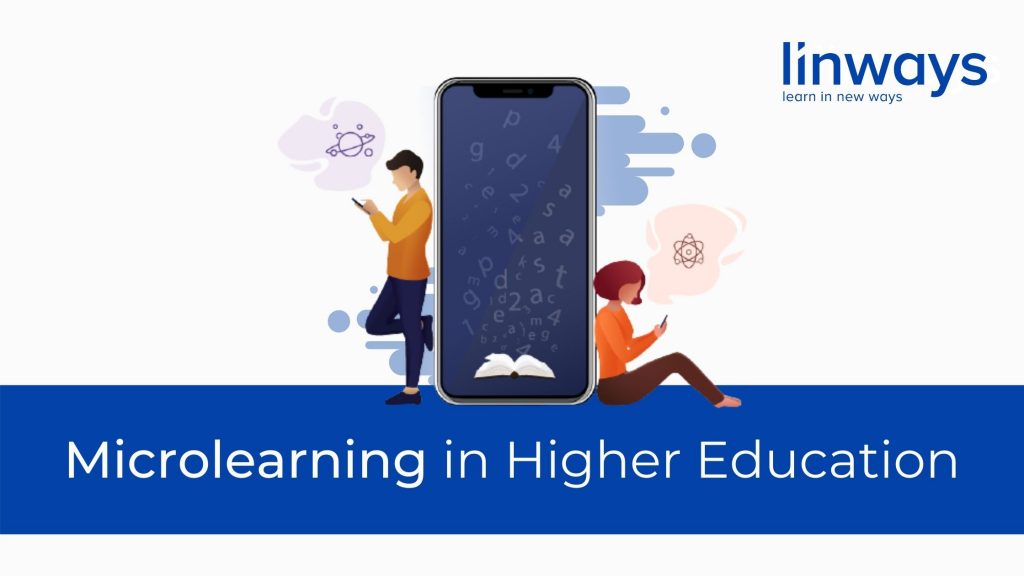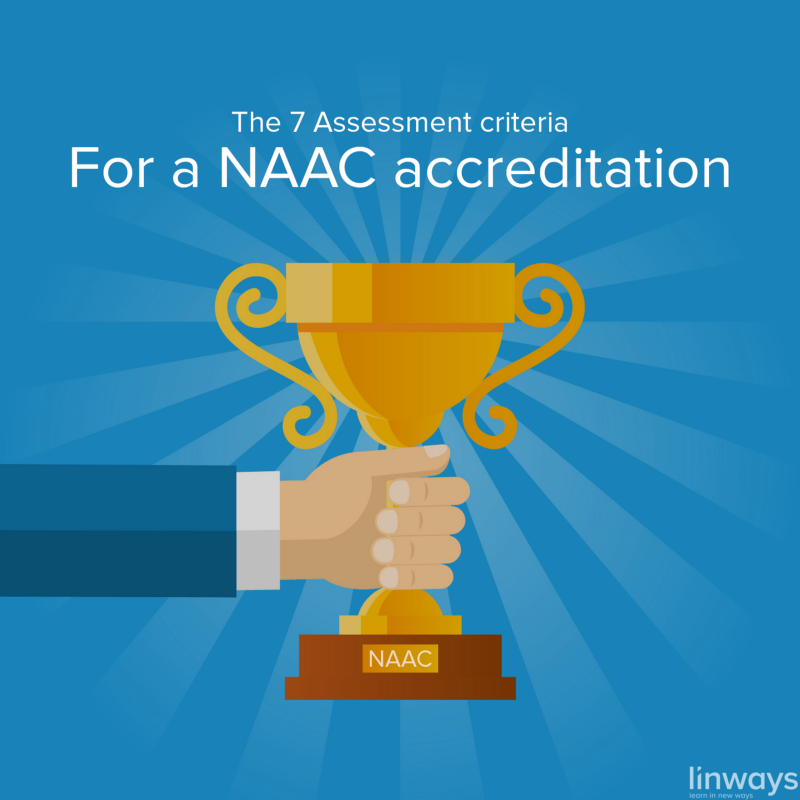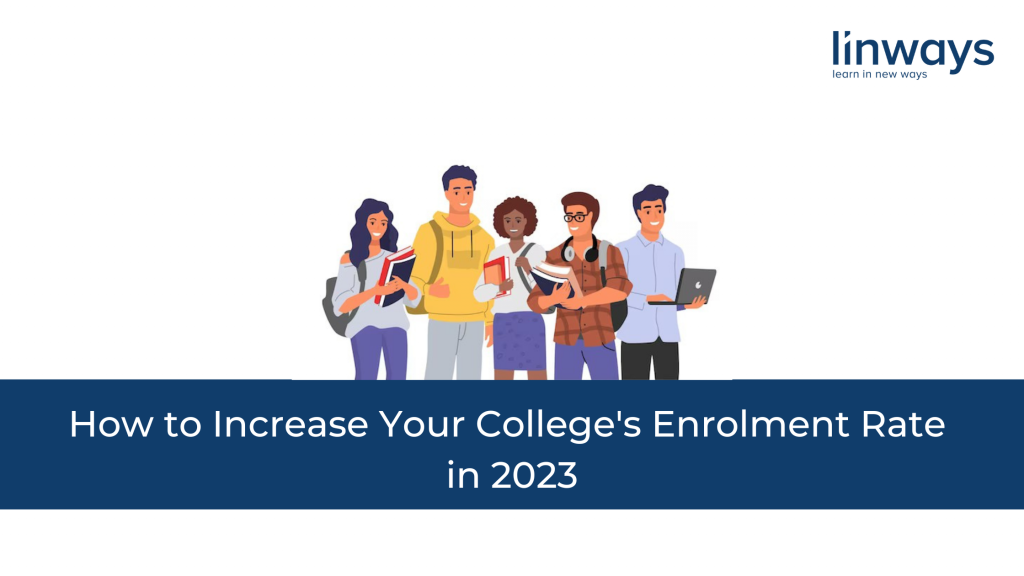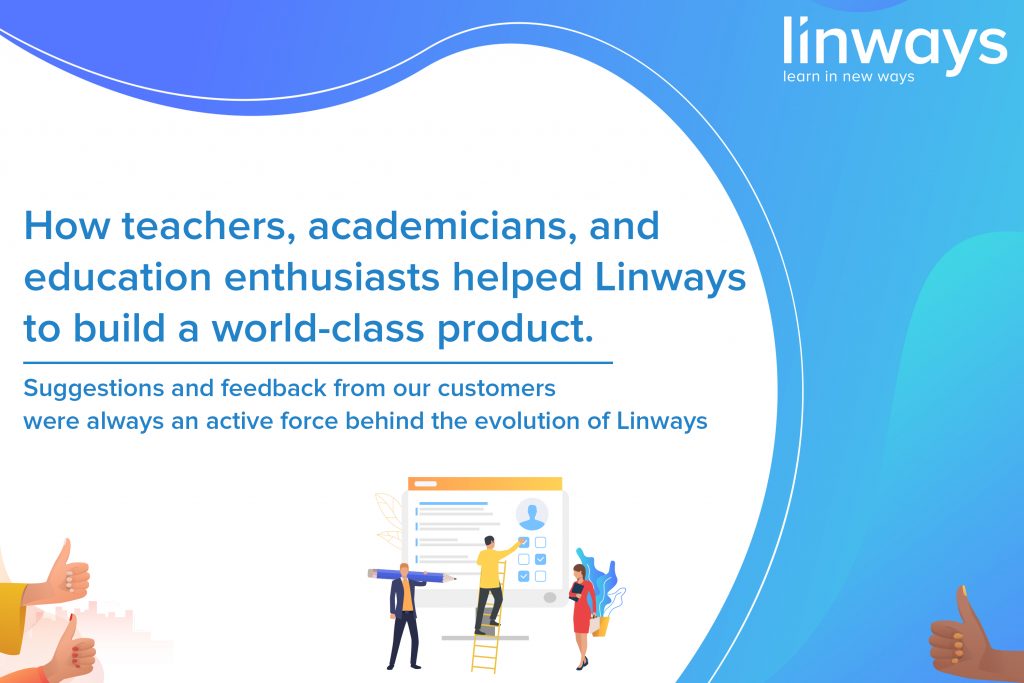
What is Microlearning?
Microlearning is a concept in which relatively small-sized content is delivered to the learners to meet specific learning objectives. It is a learning that enables learners to digest bite-sized information in short periods. Microlearning generally consists of micro-lessons that quickly teach the learners without interrupting their existing learning schedules.
Initially, microlearning was used as a part of blended learning models, where microlearning contents were used for follow-up lessons and as revision materials.
With the emergence of Online Learning, microlearning became more preferable for the learning community. And the key factor for this demand is that the course contents can be easily distributed and accessed anytime using their mobiles, PC or tablets.
“How can we apply microlearning in higher education?”
Even though microlearning is a traditional and old learning method, it is now gaining popularity in higher education. Higher education is emerging in such a way that additional courses, choice-based credit systems, and job-oriented skills training are also given focus and coverage.
With these curriculum changes, more opportunities are open to the students. But acquiring additional skills during the course period still stands as a big task in front of many students. In some cases, it is also observed that students will enroll in skill acquisition programs and might tend to drop in the middle. And this is the case where we can bring microlearning into action.
With the implementation of microlearning, the students can be provided with short learning and self-explanatory contents online. These contents can help the students complete their learning quickly without affecting their regular learning hours.
While delivering the course content the most important thing that needs to be kept in mind is eliminating irrelevant information and including precise content that satisfies the learner.
Consider an example of learning the Vlookup function in excel, for learning that, elaborate knowledge of all the functions in the worksheet is not mandatory. For a person who requires that feature, a short video or a short note that explains the method to apply it would be the best solution they can have. So when the specific content is served to the learner it makes the learning process and retention easier.
The same ideology can be applied when a programming course is delivered or other course content is delivered.
Microlearning contents and best practices involve the following elements :
Microcopy:
Which includes short and highly contextual information.
Micro-Learning Videos:
Short Video tutorials that are designed to meet specific learning outcomes.
Infographics:
Infographics representing factual information and key points.
Integrated Learning Management System:
Adopting a learning management system through which different types of course contents can be delivered. LMS keeps the materials organized as well as easily accessible.
Benefits of Microlearning includes :
- Microlearning is a learner-centered methodology.
- Consumption of information takes less time.
- Students can learn at their own pace.
- Improved knowledge retention.
In conclusion, when microlearning is effectively implemented in higher education, it aids in the development of additional skills and knowledge in students on a variety of themes. These additional skills make the student’s employability quotient high and help them to easily adapt to an industry.
______________________________________________________________
Also published on Medium.




